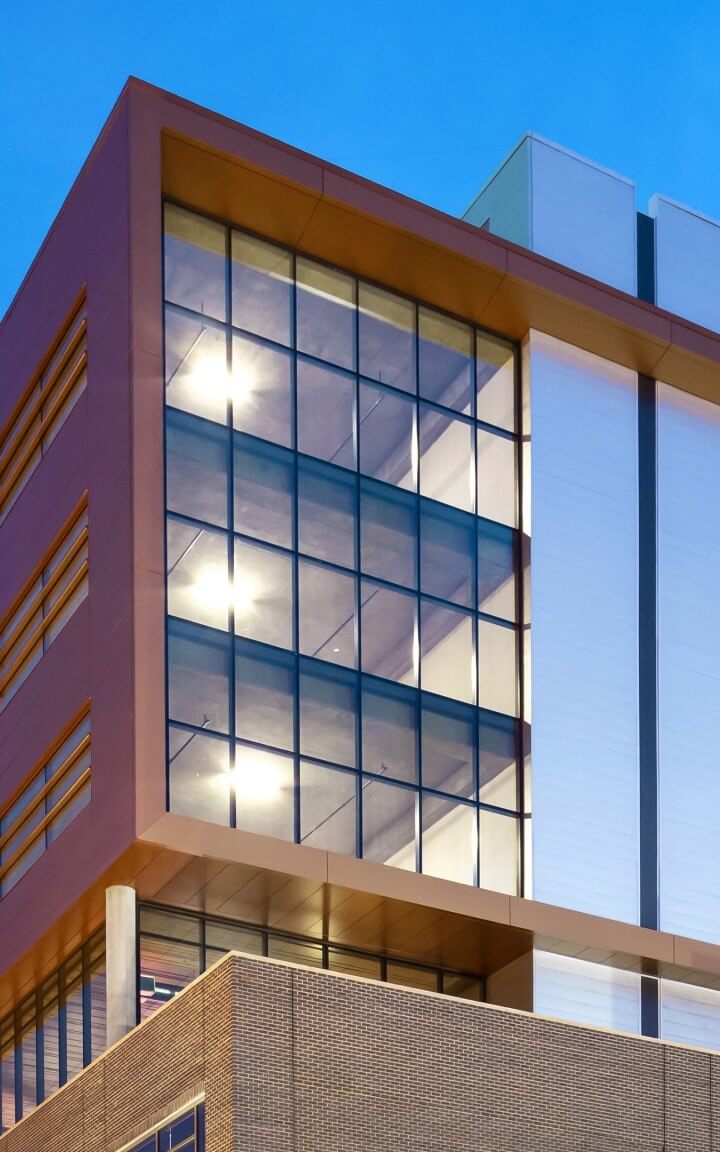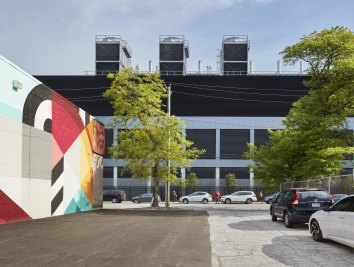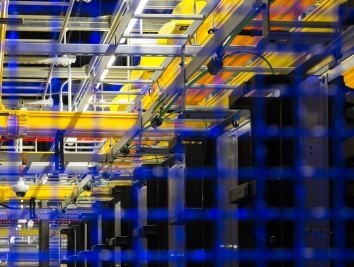Building Critical Facilities Across the Southeast

The Atlanta market has experienced a substantial increase in demand for services over the past several years with no signs of slowing down. Among the many reasons Atlanta will see unprecedented growth are its strategic location, favorable business climate, power availability, and connectivity to major fiber networks. The progression of IoT, AI, and machine learning, and the race to release new sensors, systems, and devices that rely on computing capabilities is also fueling high demand. Corgan is dedicated to going where our clients need us, and that means ramping up our Southeast region.
Global spending on data centers will see hockey stick growth and is predicted to reach $49 billion by 2030.
Having worked in Atlanta’s data center market since 2006, I’ve witnessed an extraordinary amount of change in critical facilities, and I’m fortunate to have been involved on both sides of the business – as an architect/engineer for design firms as well as a business developer on the owner/operator side. I love working in data centers. The ever-evolving industry pushes our team to be a well-oiled machine, the builds are extremely fast-paced and efficient taking just six months up to a year, and solutions are grounded in practical, collaborative decisions where we push egos aside for a “one team approach.”
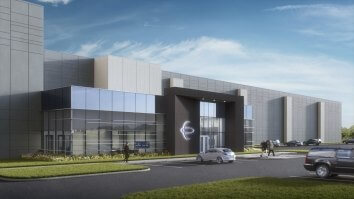
Data Center Trends
With the adoption of hybrid cloud strategies, companies are leveraging edge computing and on-premises data centers to optimize performance, scalability, cost-efficiency, and connectivity. As infrastructure plays a more crucial role in supporting deployments, we predict a phenomenal rise in mega structures and colocation services.
Hyperscalers offering massive-scale cloud services are moving to the inner city for several reasons: to provide reduced latency and improved connectivity and performance; to meet the increasing demand for proximity to customers clustered in urban areas; to leverage existing infrastructure and power grids to support large-scale data centers; and to reduce the environmental impact of transporting data transmissions over long distances.
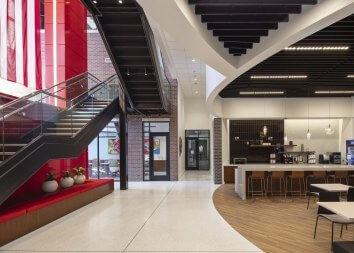
Innovative Solutions
Global spending on data centers will see hockey stick growth in the coming years and is predicted to reach $49 billion by 2030. As we see a proliferation of cloud computing, the next iteration of design is capacity. Because of the power grab, data center operators are scoping out new sources of power supply — and this quest will generate more concentrated hotspots across the US like we've seen in Phoenix, Texas, Northern Virginia, Oregon, and now Atlanta.
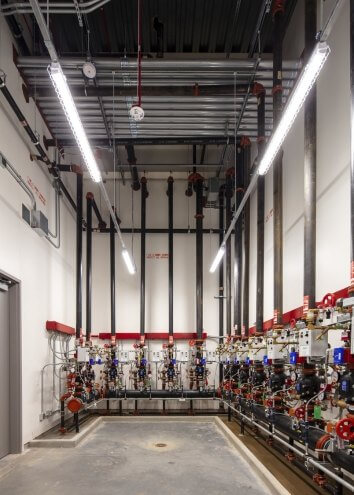


To keep up with the pace of increasing power demands many advancements are currently being developed including:
- Powerful and efficient microprocessors that will keep facilities from generating heat and minimize space usage.
- Energy efficient Immersive cooling systems in racks to dissipate heat and reduce the environment impact of operating data centers.
- Renewable energy sources will increasingly power facilities including the adoption of solar, nuclear, solar, hydroelectric power, and batteries to reduce the carbon footprint and create efficient and sustainable solutions.
- Modular and prefabricated construction materials are gaining traction due to their scalability, rapid deployment capabilities, and cost effectiveness allows operators to expand capacity while minimizing time and costs.
QTS Project Granite in Atlanta
QTS Project Granite Data Center is a ground-up facility adjacent to the Atlanta Beltline Trail. Built on a former rail yard on 100+ acres of land, the facility is just minutes from Hartsfield Jackson Airport. Corgan’s long range design plan includes future amenities, transit, and walking trails celebrating nature found in Atlanta’s parks system and connecting to community. In the future, QTS plans to invest in critical infrastructure in the Southeast with forward-thinking design and workplace amenities.
QTS Data Centers Project Granite is a preview of the workplace aesthetics and amenities and quality design and innovation that will continue to come out of Atlanta:
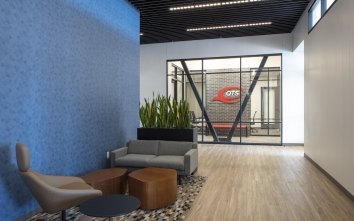
Social areas
Lounge areas encourage social interaction and attract and retain employees.
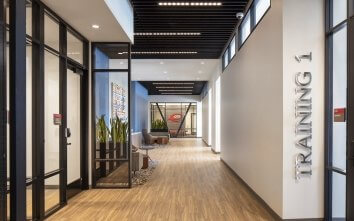
Collaborative spaces
On-site meeting and training rooms attract tenants with spaces to meet and collaborate.
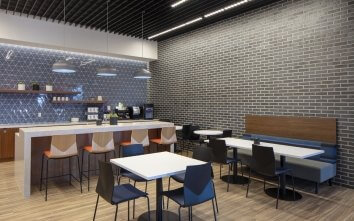
Amenities
Hospitality-forward amenities that offer shift workers a place to dine in and relax while also providing a space for the public to use for events to connect to the local community.
Growing Pains
Industry design and construction struggle to stay up with current demand as operators want data centers built bigger, better, and faster, and finding labor and resources to deliver on time is challenging. Another issue facing Atlanta is recruiting senior-level executives and training architects and designers fast enough as the industry moves at supersonic speed.
An Eye on the Future
As a top data center architect in the U.S. for more than a decade, Corgan is well-positioned in terms of reputation, technology, and advanced design solutions to meet the needs of the growing market.. With the Southeast offering abundant resources in terms of land, power, water, economic growth, and a large pool of workers to staff facilities, the long-term opportunities in the region are unlimited – it’s an exciting time to be in data center design and an optimal time to grow our Atlanta market.
